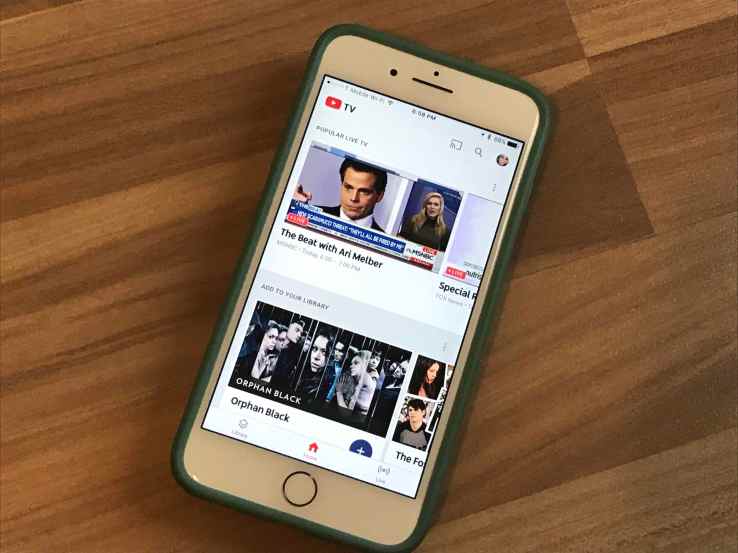YouTube TV and Hulu Live TV now have hundreds of thousands of subscribers, says report

Hulu and YouTube are battling for subscribers for their respective live TV streaming services, according to a CNBC report out this morning, which says that Hulu Live has grown to 450,000 paying subscribers and YouTube TV has just over 300,000. Both are still trailing competitors, including Dish’s Sling TV, which has more than 2 million estimated subscribers, and AT&T’s DirecTV Now, which just hit 1 million.
Of course, DirecTV Now has benefited from AT&T promotions that allowed customers to tack on the streaming TV service to their mobile plan for $10 per month, as well as those where it doled out free HBO. That’s given it an edge in growing its base.
Meanwhile, Dish’s Sling TV has been around longer than the others — it opened up to users back in early 2015.
YouTube TV and Hulu Live TV are both relative newcomers to the streaming TV market, on the other hand. The two services launched last year — the former in April 2017 and the latter the following month.
Hulu’s lead over YouTube in terms of subscribers could be chalked up, in part, to availability. Hulu Live TV launched across the U.S., but didn’t make the four major networks — ABC, CBS, Fox and NBC — available in all cities, as it hashed out its deal.

YouTube took a different approach. It didn’t roll out to a city unless it could offer all four, or in some cases, at least three, of the major networks. Today, it’s available in 80 percent of U.S. households, CNBC notes.
The subscriber numbers it reported, which came from CNBC sources, were not confirmed by either Hulu or YouTube.
CBNC’s report also downplays the potential for streaming TV, citing BTIG analyst Rich Greenfield’s rather bearish description of the market. Greenfield said these services will struggle to substantially grow their customer bases because they’re so easy to cancel, and they still have to compete with video-on-demand alternatives, like Netflix.
That said, if the sources’ numbers are accurate, you’re looking at services that are each approaching the half-million mark in less than a year’s time. That’s not something to outright dismiss — especially given how many options there are now for streaming TV. In addition to the four named in CNBC’s report, there’s also PlayStation Vue; the new, entertainment-focused Philo; and sports-focused fuboTV.
Plus, not only is YouTube TV’s rollout incomplete, it hasn’t even launched its app across all platforms yet. (For example, its Roku app is still in the works.) In other words, it could be too soon to discount YouTube TV’s potential, given its appeal to the young YouTube user base, and its plans to potentially incorporate social elements similar to those YouTube into its TV app at some point in the future.
Hulu hasn’t fully fleshed out its own user experience, either. The company at CES 2018 described its plans to better personalize its suggestions, give users more control over various settings, add a live TV guide, and launch a customizable Olympics dashboard, among other things. Next year, it plans to add social features, including those that will highlight TV trends among your friends, let users create lists of recommendations and co-watch with friends.
When these product plans are realized on YouTube and Hulu, both will have a better value proposition beyond over-the-top TV alone. They could turn TV watching into a social experience of its own, and new way to network online. This, in turn, could spur more subscriber growth, if streaming TV audiences find the new features compelling.